NEW YORK — How do you make existing subway cars compatible with new signaling at a faster rate for less?
Over 300 rail industry attendees, engineering innovators, and academic experts representing 100 firms from four continents attended the Subway Signaling Innovation Summit, held Tuesday at New York University to find out. The event was a kickoff to accelerate the $7 billion modernization of New York City’s subway signaling system under the Metropolitan Transportation Authority’s five-year program. The MTA and the Transit Innovation Partnership, a public-private initiative, co-sponsored the conference where the signaling challenge was announced.
Traditional networking methods to connect train and signaling components would make upgrading more expensive than buying new trains; priorities of a new signaling system would be to improve safety of riders and staff, enhance on-time performance and operational flexibility and a faster and more cost-effective way to install, test and maintain this hardware.
Newly installed MTA Chief Innovation Officer Mark Dowd reminded the audience that the MTA mantra now was faster, safer, cheaper, better.
“Co-create and collaborate,” he said, observing that new thinking and non-traditional technology from non-rail industry vendors will make the MTA a leader in the transportation industry. Dowd noted the New York City subways handle almost six million daily riders by operating 8,300 trips over 24 lines serving 475 stations. That requires 12,000 signals to support 818 miles of signaled track.
As part of this agenda, initiated at the behest of New York Governor Andrew Cuomo, a research and development lab has been set up by the Transit Innovation Partnership. The lab will handle testing and experimentation, using computer simulations to ascertain the best solutions. Using non-traditional vendors from other sectors will insure an outcome-driven process, unlike previous time-honored ones. Five additional agencies, notably NJ Transit and Amtrak, have joined this program.
The MTA’s new technology is paying off; the 7 and L train lines, now both equipped with communications-based train control, have been running on a 90% on-time rate, providing more trains for more riders. New signaling contract awards beginning in the second half of 2020 will insure that parts of six different lines will be upgraded.
Selected companies will have the opportunity to present their new submissions at the MTA and Transit Innovation Partnership’s Demo Day in March of next year as part of the new initiative.
For further information, see the Transit Innovation and MTA websites





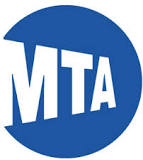

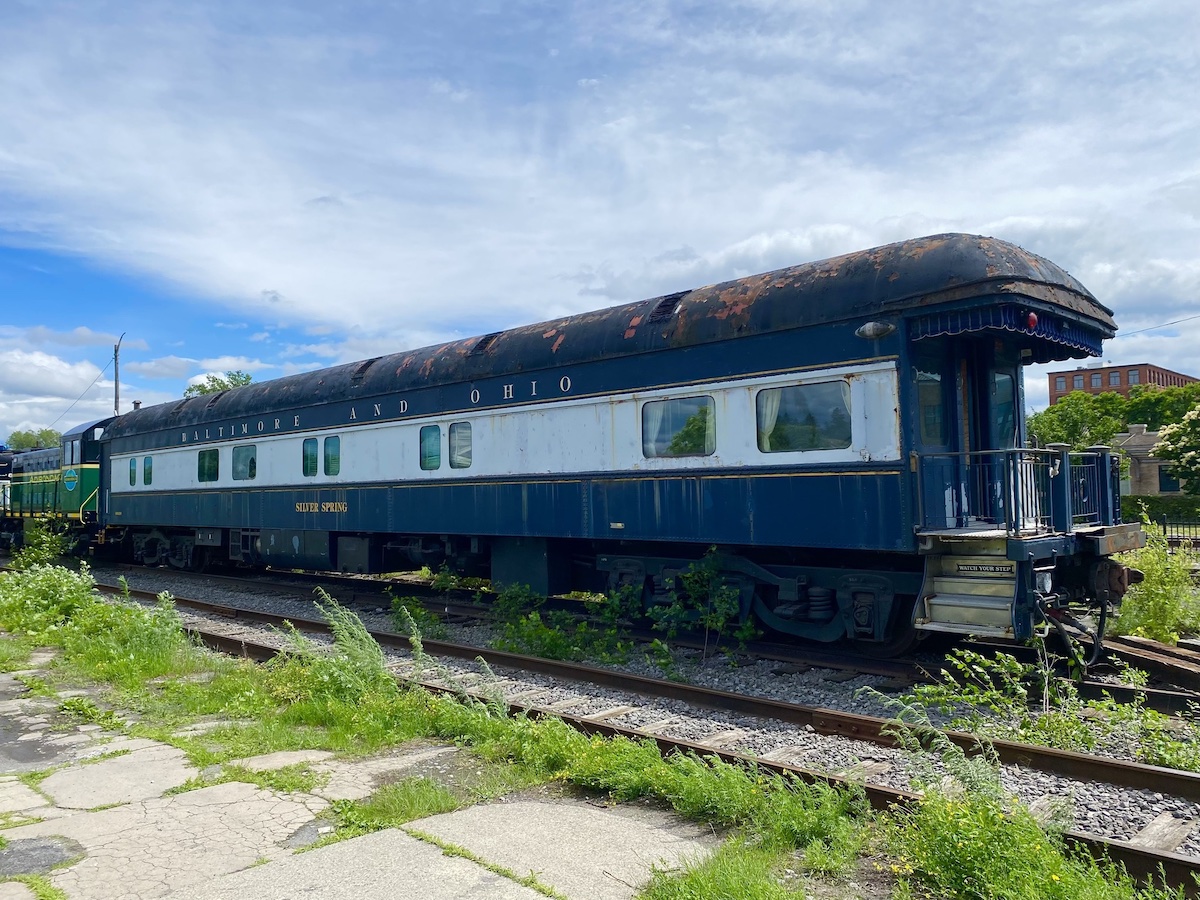
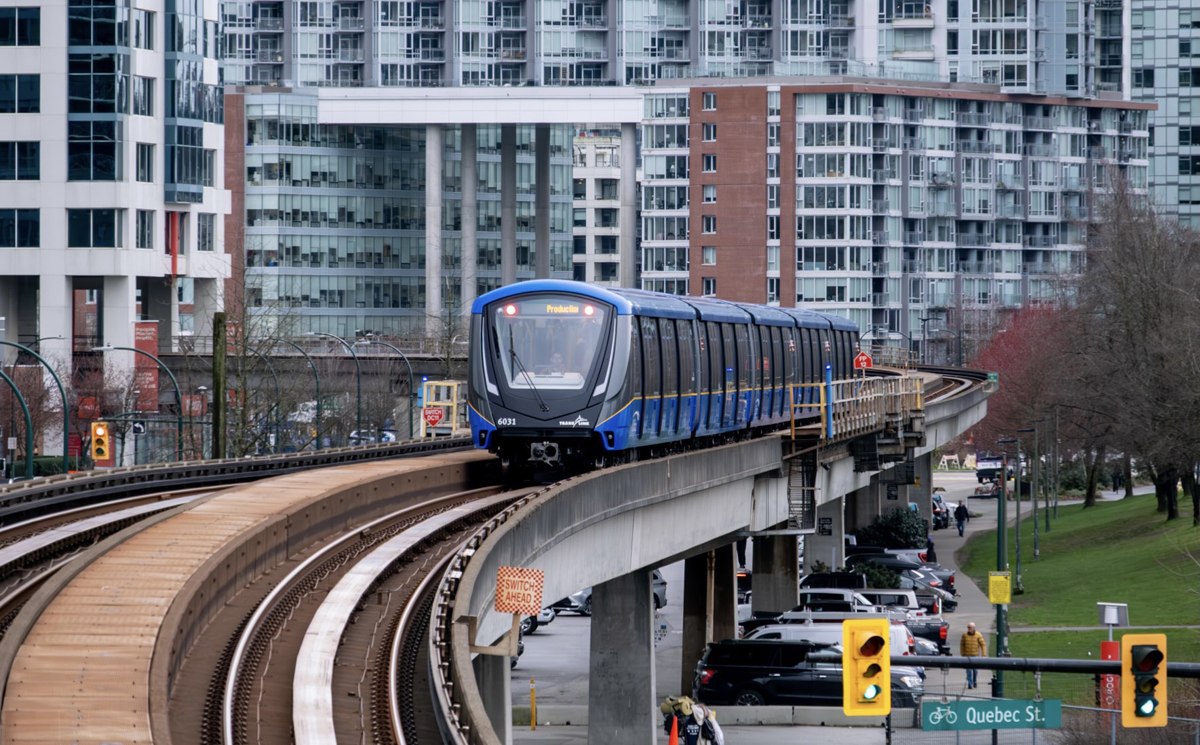
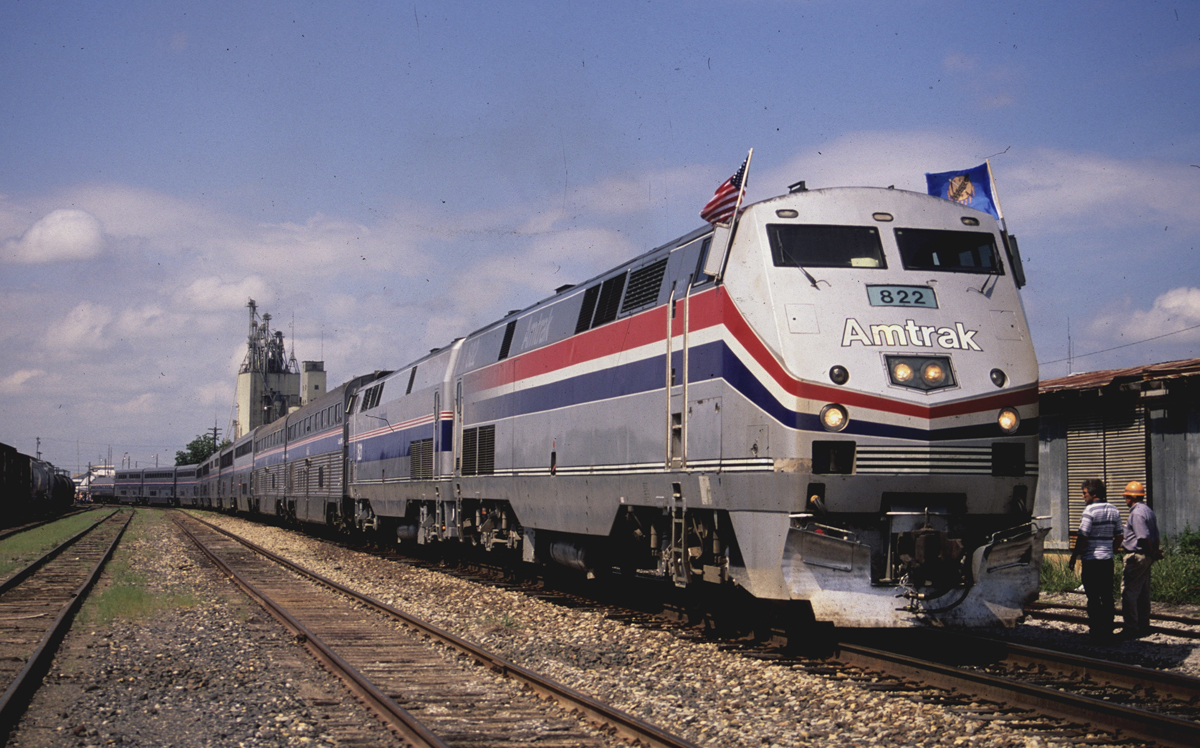
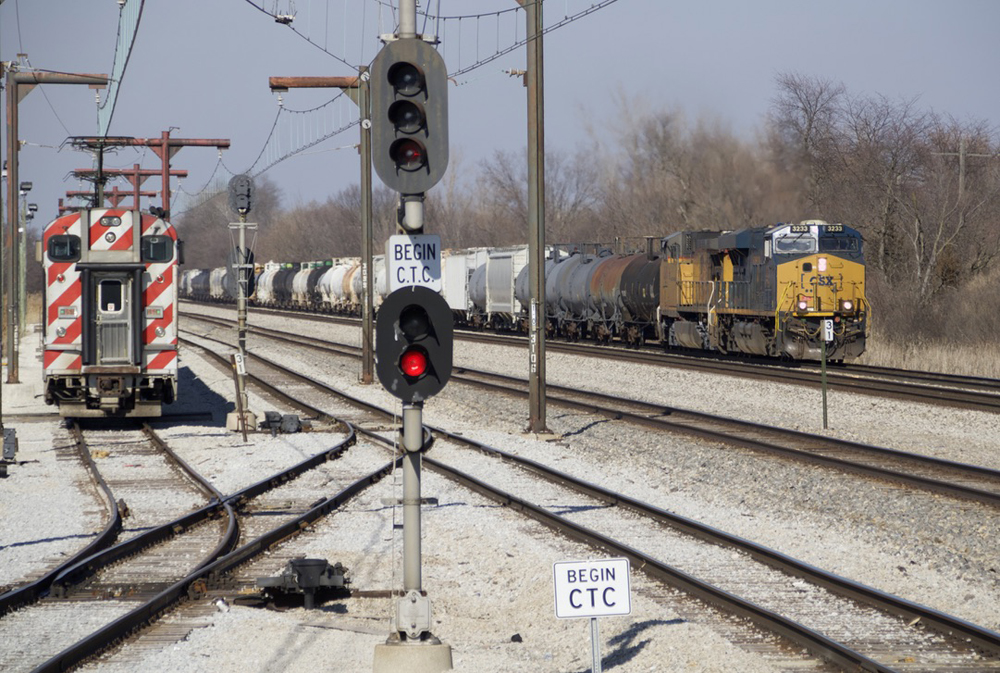




How many accidents have been caused by the 1930s stuff? Not enough to justify these expenditures.
“It’s possible to do all four…” spoken by people who have never had to do it.
Riding the MTA last coupla weeks the improvements show, but 4&6 remain impossibly crowded during rush. If improved signaling increases frequency…?
It’s absolutely possible to do all four of those things. This stuff from the 1930s should’ve been replaced decades ago.
Modern electronics have shown us that it can be cheaper, faster, safer, better.
“Newly installed MTA Chief Innovation Officer Mark Dowd reminded the audience that the MTA mantra now was faster, safer, cheaper, better.”
Typical management buzzword BS.
“faster, safer, cheaper, better” – pick TWO.
Timothy Vincent,
Why pick just TWO, you don’t think that all 4 are attainable? Remember, it’s better to reach for the stars then to never try.